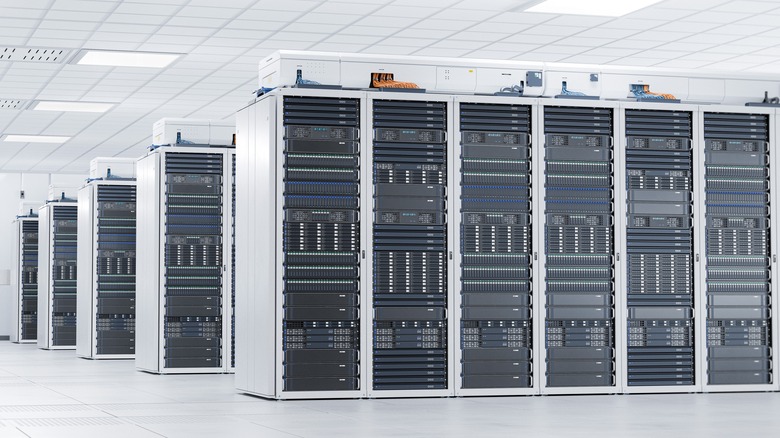What Is SMB: How Does The Protocol Work & What Does The Abbreviation Stand For?
There are a lot of practical uses for a personal server, both at home and for a business. You can use them to network local computers, provide communal storage, host email, and a variety of other convenient purposes. You can even set up a web server with a Raspberry Pi. Setting them up can be a bit complicated on the software side for the uninitiated, however, and you will more than likely encounter a few terms that you aren't familiar with.
Those using any kind of server system will likely stumble across a protocol called SMB. This is commonly associated with file-sharing programs. You might see it pop up on anything from home media servers to wireless inkjet printers. It's used in the Microsoft Windows basic PC operating systems as well as the company's dedicated Windows Server operating systems.
However, for such a commonly used protocol, few systems give descriptions of what SMB actually is. You might be wondering what it stands for, what it does, and how you can use it on your servers to set up your own home network with confidence. Here is everything you need to know about SMB.
What is SMB?
SMB is a network file-sharing protocol that was created by IBM developer Barry Feigenbaum in 1983. The letters SMB are an abbreviation for Server Message Block, although the protocol is also sometimes referred to as CIFS, which stands for Common Internet File System.
SMB allows applications to request services and read and write files from server programs that are on the same network. It is a key part of how networked computers actually communicate with each other. SMB allows the computer's applications to access files remotely via the server. So, you can watch videos, stream music, read documents, and interact with any other files connected to the same network. This also applies to automated communications, like a home security camera uploading video to a storage file.
On top of that, SMB also allows the server to communicate with other server programs, so long as it has the necessary permissions to receive SMB client requests. This means that multiple server clients can be chained together, expanding the scope of available files and information.
SMB isn't the only method that servers have of communicating. There are other protocols that perform similar tasks, like TCP/IP. It isn't a question of choosing one over the other for your system though. These other protocols can be used in conjunction with SMB.
How does SMB work?
Now that you know what SMB is, you've probably realized that it's essential for most forms of server communication. There are a lot of different ways that it can be used, and the options vary widely depending on the operating software that is powering the device that you're using.
On Windows computers, for instance, you can use File Explorer to set up simple file share permissions on a folder, thereby turning it into an SMB-powered folder. To do this, simply right-click on the folder in question, select Properties, click on the Sharing tab, click Advanced Sharing, and then edit Permissions for any other system you would like the file to be networked to. You can also click Everyone if you want the folder to be freely available to anyone with access to your network. You should be careful about doing this, however, as it has been known to introduce vulnerabilities to your network that malicious actors might be able to exploit.
You can use a similar method to allow your computer to utilize SMB communication with other devices, such as a printer. Most wireless network devices come with their own SMB interface software. Those that don't often have instructions for how you can set your computer up as an SMB server to communicate with them. Following the manufacturer's instructions is usually the best practice in these situations.


